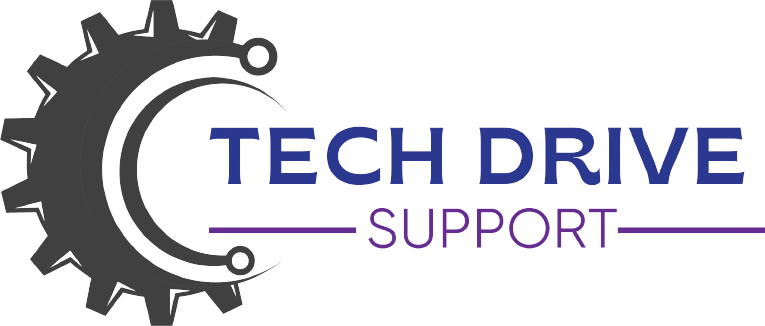Malware, short for malicious software, is the general term used to describe several kinds of dangerous programs meant to access, compromise, or steal data from computer systems. Protection of your devices and data depends on an awareness of the several forms of malware. We will explore the 12 most often occurring types of malware in this book and offer actual cases to keep you informed.
Leading tech support provider Techdrive Support offers solutions and services in the United States. With a staff of knowledgeable experts, we provide professional help for a broad spectrum of technical problems like malware removal, system optimization, and data recovery.
1. Viruses
Among the most well-known kind of malware are viruses. Attaching itself to other executable files, it proliferates when those files run. Among the several issues virues can bring about are data corruption, system failures, and illegal access.
For instance, the infamous Love Letter worm which originated in 2000 and traveled via email attachments infected millions of machines and seriously compromised systems.
2. Worms
Unlike viruses, worms are self-replicating programs not requiring a host file to proliferate. They can cause major disturbance and overwhelm systems quickly across networks.
For instance, the WannaCry ransomware worm, which compromised hundreds of thousands of computers globally in 2017, used a Windows operating system flaw to proliferate and encrypt victim data.
3. Trojans
Though they pass for real software, trojans include dangerous malware executing the program. They can be used to install other malware, pilfers data, or gains system control.
For instance, a famous Trojan was the Zeus botnet used to pilfers millions of dollars from consumers of online banking.
4. Rootkit
Stealthy programs called rootkits sneakily get illegal access to a computer system and cover their existence. They can be used for data theft, system file manipulation, and disable of security mechanisms.
For instance, rootkits were frequently included in the Blackhole exploit kit used to spread malware on weak systems in order to sustain presence.
5. Spyware
Spyware is meant to track a user's activity on a computer system covertly. It can gather personal data, surfing history, and keystrokes among other things.
One frequent kind of malware, for instance, Keyloggers track whatever a user enters on their keyboard.
6. Adware
Adware is program running unwelcome ads on a user's computer. Although it might not be as damaging as other kinds of malware, it can irritate users and slow down system operation.
For instance, a lot of freeware applications pack adware during installation.
7. Ransomware
One kind of malware is ransomware, which locks victim data and requires a ransom paid in return for recovery. Should the ransom be unpaid, the data might be permanently lost.
For instance, the NotPetya ransomware outbreak, which targeted companies and government agencies all over in 2017, resulted in damages of billions of dollars.
8. Keyloggers
One kind of malware called keyloggers logs all a person types on their keyboard. Password, credit card, and other sensitive data might be pilfers using these.
For instance, Keyloggers are sometimes concealed in dangerous websites or coupled with other malware.
9. Cryptojackers
Malware called cryptojackers mine cryptocurrencies using a victim's computer without their knowledge. This can raise power expenses and eat off major system resources.
For instance, a lot of cryptojackers find their way on hacked internet ads or dangerous websites.
10. Bots
Bots are automated programs capable of completing activities on a computer system free of human involvement. Although they have genuine uses web scraping, among other things, they can also be used to start assaults or distribute malware.
Botnets, for instance, are networks of compromised computers under remote control capable of starting spam campaigns or distributed denial-of- service (DDoS) assaults.
11. Browser Hijackers
Malware called browser hijackers alters a user's web browser settings without their knowledge. They track browser habits, show pop-up advertising, and point visitors to unwelcome websites.
For instance, browser hijackers sometimes downloaded from dangerous websites or combined with other software.
12. Fileless Malware
Fileless malware spreads and runs not depending on conventional executable files. Rather, it lives totally in memory, which makes removal challenging.
For instance, popular framework PowerShell Empire is used to create and run fileless malware.
Conclusion
Protection of your devices and data depends on an awareness of the several forms of malware. Your danger of being victim to harmful software will be much lowered if you keep educated and act early to stop infections. Techdrive Support inc is here to assist should you run across viruses or any technical problems. Our knowledgeable staff can provide quick and efficient fixes to maintain seamless operation of your systems.
Leave a Reply
Your email address will not be published.


0 Comments On this Blog